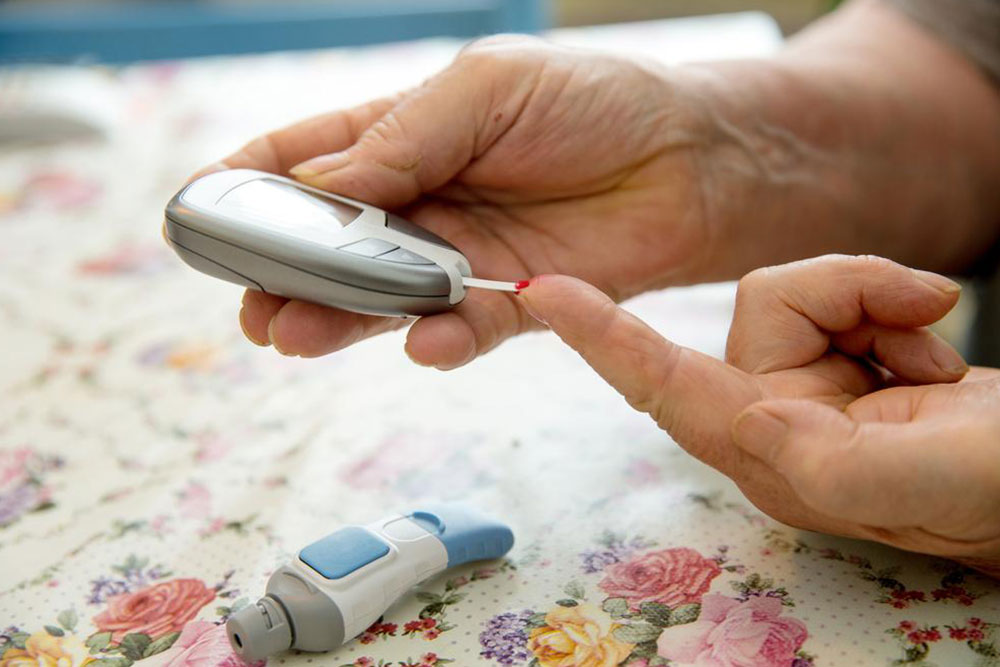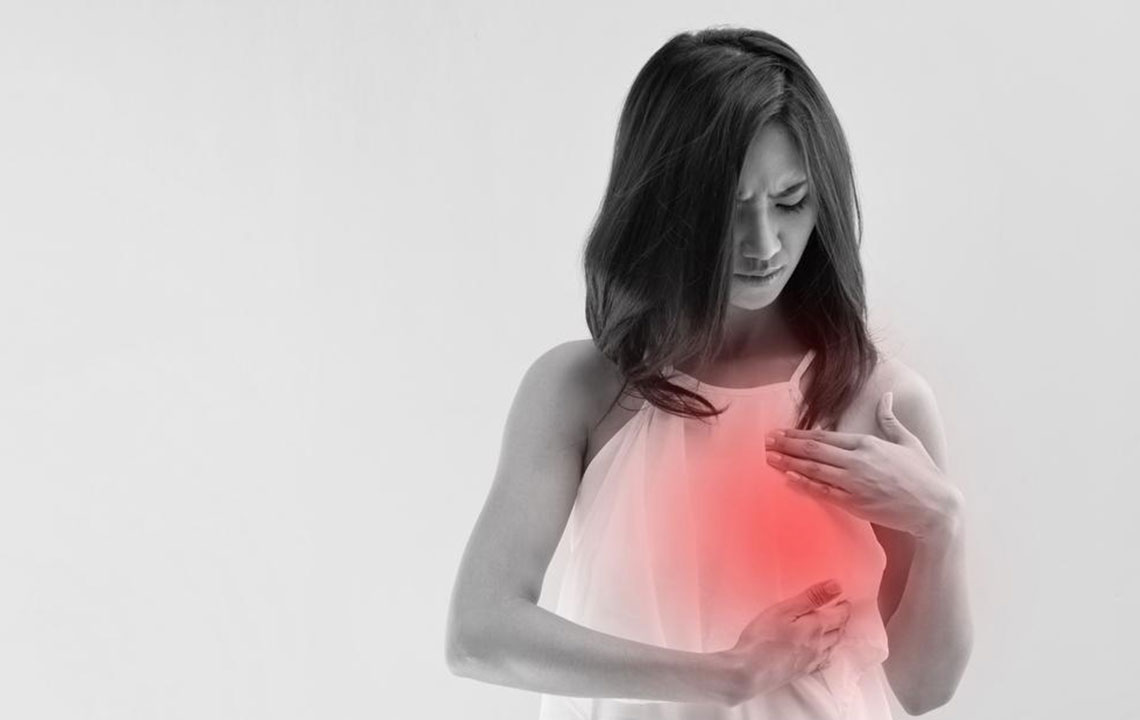Understanding Plaque Psoriasis: Symptoms, Types, and Management Strategies
This informative article explores plaque psoriasis, detailing its symptoms, various types, and management strategies. Learn about the typical signs, how different forms of the condition present, and practical tips for controlling flare-ups. While there is no cure, understanding the condition helps in effective management through topical treatments and phototherapy. Consulting a dermatologist is essential for tailored care and treatment options.

Understanding Plaque Psoriasis: Symptoms, Types, and Management Strategies
Plaque psoriasis, also known as psoriasis vulgaris, is the most prevalent form of psoriasis, with about 80% of affected individuals experiencing this type. The exact cause remains unknown, but certain risk factors can increase susceptibility. There are different variations of plaque psoriasis, which can’t be cured but can be managed effectively with appropriate treatment options.
Signs and Indicators
The hallmark of plaque psoriasis is dry, thick, raised patches on the skin, often covered with a silvery-white scale. This scale, called a plaque, tends to be intensely itchy. The appearance and severity vary based on the subtype, size, and intensity of the lesions.
This silvery scale is a common sign, accompanied by dryness, redness, and itching. The presentation varies with the type, and factors like location and severity influence how it looks.
Types of Plaque Psoriasis
Small Plaque Psoriasis
Characterized by tiny lesions a few centimeters wide, which may merge over time or remain separate. The lesions are pink with a fine, flaky, and crusty surface. Often, this form appears without any prior history and tends to respond well to light therapy. Typically affecting individuals over 40, it can appear at any age.
Large Plaque Psoriasis
These lesions are bigger with well-defined borders, appearing red with a whitish-silvery scale. Usually developing before age 40, it often has a genetic link and is associated with metabolic conditions like high cholesterol or blood sugar levels. This form is more challenging to treat than the smaller variant.
Unstable Plaque Psoriasis
Lesions in this category tend to lose their distinct shape, enlarge, and merge, forming larger patches. New plaques may also develop, indicating active disease progression. Treatment plans are tailored to monitor and control the spread.
Stable (Chronic) Plaque Psoriasis
This most common form produces persistent plaques that often recur in specific areas such as knees, elbows, scalp, and torso. Lesions are symmetrical, appearing on both sides of the body, and tend to be persistent and recurrent over time.
Psoriasis on the Scalp
Red, thick, and itchy patches are common.
Flaking resembling dandruff, with silvery-white scales.
The scalp may become dry, cracked, and may bleed occasionally.
Temporary hair loss and burning or soreness are possible symptoms.
Psoriasis can also affect facial skin, leading to redness, dryness, and scales around the forehead, eyes, cheeks, or chin. It can involve skin around the mouth, nose, and eyebrows. Any noticeable skin changes should prompt consultation with a dermatologist for proper management.
Management and Care Tips
Though there's no cure, treatments aim to reduce flare-ups and minimize triggers. Common approaches include:
Topical Treatments: Creams that diminish inflammation and slow skin cell growth are applied after bathing when the skin absorbs medications better.
Phototherapy: For widespread symptoms, controlled ultraviolet light therapy is effective, though sun exposure alone is discouraged due to skin cancer risks. Treatments should be performed under medical supervision.










